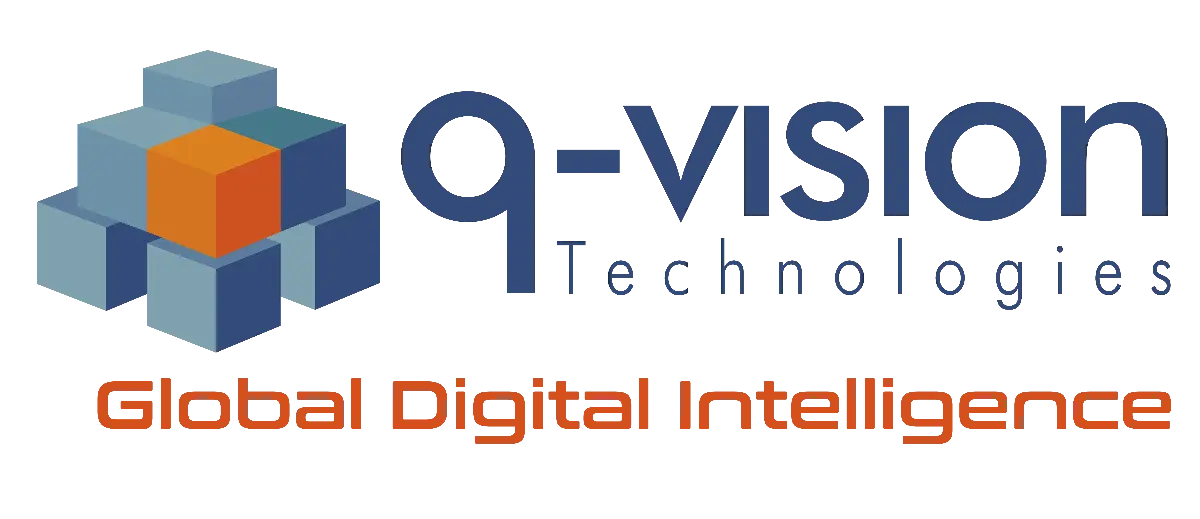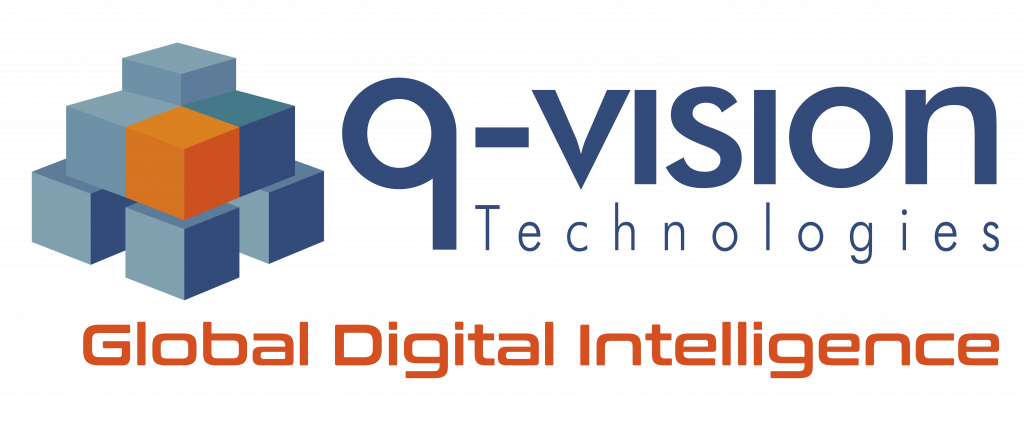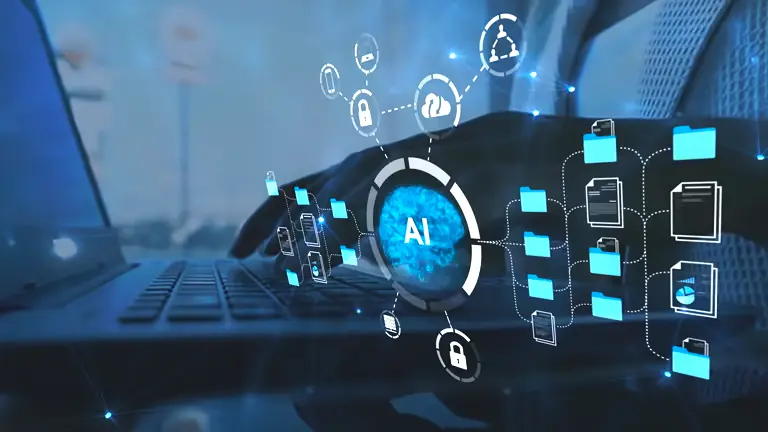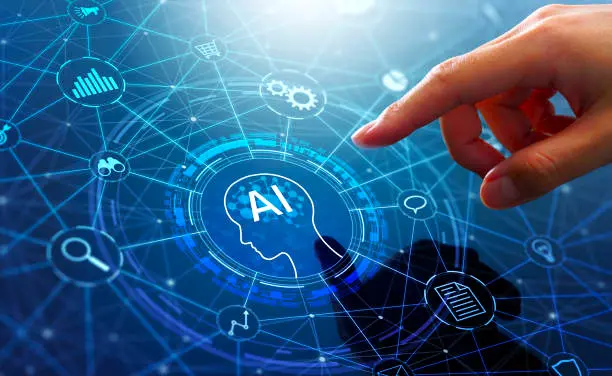1. Data Sovereignty and Security
One of the biggest challenges for companies is protecting their competitive advantage: internal data. By using GenAI deployed on public clouds, there's a risk that strategic patterns, operational processes, or sensitive commercial contexts could be exposed or replicated.
This is where the deployment of private, on-premise, or hybrid models becomes relevant, guaranteeing total control over data and regulatory compliance. Gartner predicts that, by 2026, 50% of large enterprises will migrate to AI architectures in sovereign environments, given the growing importance of confidentiality, traceability, and model governance.
2. Fine-Tuning: From Generalists to Specialists
The most popular public LLM can explain what a balance sheet is, but it won't be able to tell you how to apply your company's travel expense policy. This requires specialization: a fine-tuning process that refines models using internal data, proprietary documentation, technical language, local regulations, historical processes, and even common operational errors.
This practice, alongside the use of Retrieval-Augmented Generation (RAG), allows the AI not only to generate generic content but to understand precisely and respond with context. This is where GenAI stops being a toy and becomes a business driver.
3. Integration into Day-to-Day Tools
The true value of GenAI isn't in having just another app on the list; it's in coexisting, suggesting, and operating within the systems where key tasks are performed. Inserted into CRMs, ERPs, project management tools, or customer service platforms, it can act as a contextual copilot: the AI that doesn't just answer but acts according to the business's rules, history, and priorities.
Tangible use cases?










